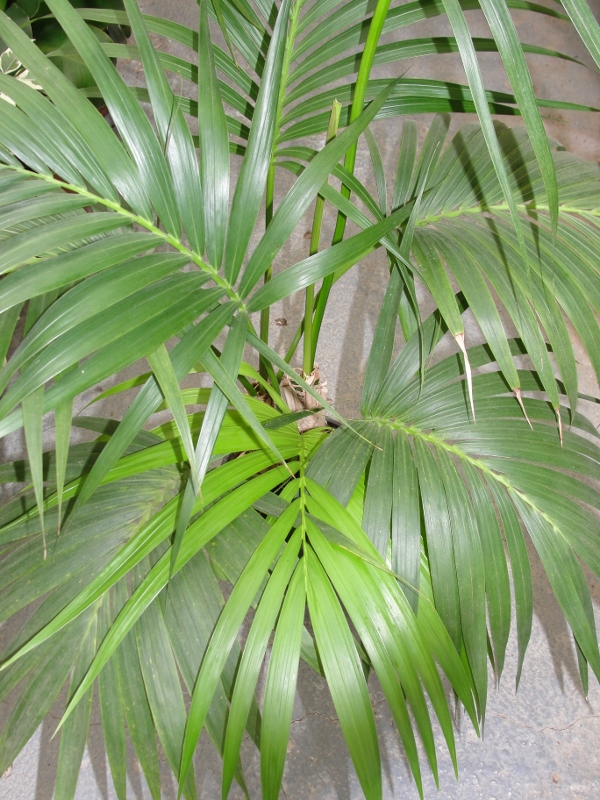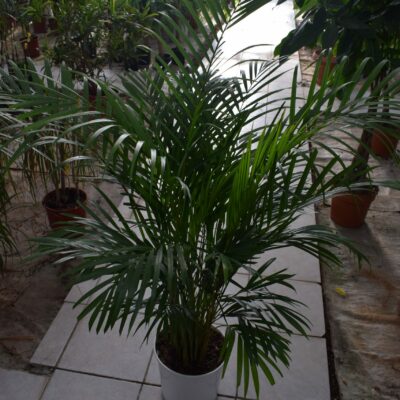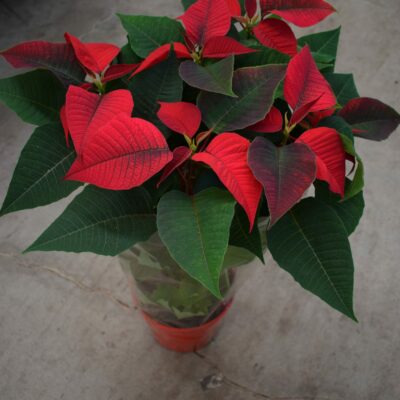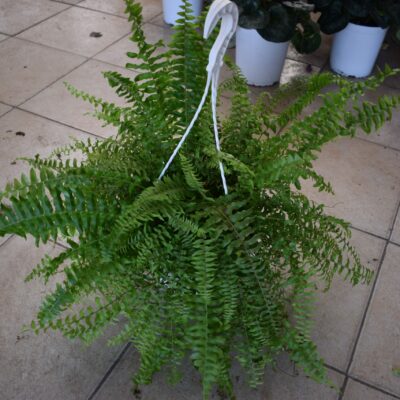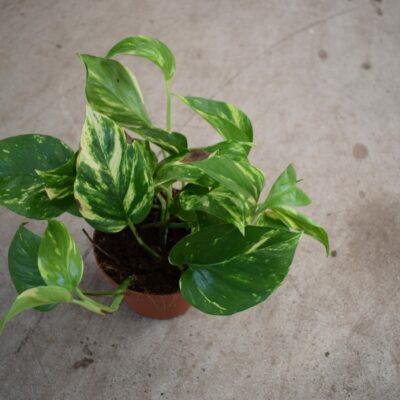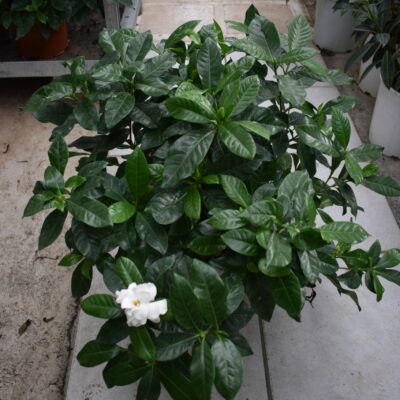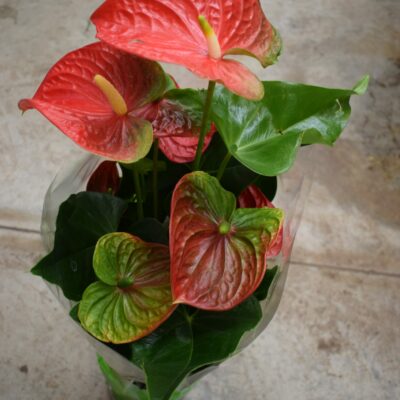Common Name: Kentia
Latin Name: Howea forsteriana
Family: arecaceae
Origin: Lord Howe Island, northeast of Australia.
Kentia is one of the most beautiful plants for interior decoration. Her strong presence attracts attention. It is elegant and airy and will set a tropical and dignified tone to any setting. Kentia has a slender basal trunk from which long stems with palm-like leaves emerge. Its growth is slow and it can stay in the same pot for a long time.
Leaves
Its leaves consist of leaflets, which grow antidiametrically from the central stem.
Terrain
The soil should be light, contain perlite to retain moisture and have very good drainage.
Position
It grows in bright places but without coming into contact with the sun's rays where its leaves can burn. If the spot where it is located is very bright then it will grow quickly and take on a more compact shape. The ideal orientation, in terms of lighting, is near a north or east window. It cannot withstand cold currents, very low temperatures and frost in general.
!!!Avoid letting its leaves touch windows when the temperature outside is very low!!
Watering
Watering should be done with moderate frequency, first checking if the soil in the pot is dry. During the summer months it is good to spray the leaves with water to retain moisture and prevent them from drying out.
Tip:
By regularly spraying its foliage with water, the plant remains at the desired humidity levels.
Lubrication
It is fertilized once a month during the autumn-spring period. As a result, its foliage is maintained rich and robust. An ideal formulation is the water-soluble fertilizer for green plants.
Pruning
No pruning needed. Dried leaves are removed to keep your plant healthy.
Enemies and Diseases
Centipedes are commonly attacked by spider mites and mealybugs.
It is suitable for
- Living room
- House entrance
- Office - Professional space.
Flowerpot 19 cm- Plant height 1.10 m

